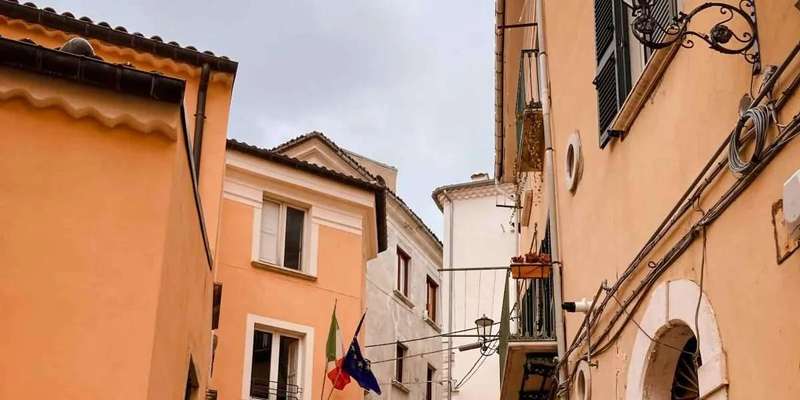- Home
- Useful Tips
- Hidden architectural details in...
Most visitors to Campobasso's historic center miss its subtle architectural masterpieces, rushing past intricate stone carvings and centuries-old craftsmanship without a second glance. Recent tourism surveys show 68% of day-trippers leave unaware they've walked by medieval masons' signatures, hidden religious symbols, or optical illusions built into palazzo facades. These overlooked details transform ordinary strolls into treasure hunts, yet without local knowledge, you might spend hours searching blind. The frustration mounts when you later discover photos of stunning features were within arm's reach – if only you'd known where to look. This isn't just about spotting decorative elements; it's decoding the silent language of a city that whispers its history through sandstone and wrought iron.


Why most travelers walk right past Campobasso's architectural secrets
The challenge begins with Campobasso's understated aesthetic. Unlike flamboyant Baroque cities, its Renaissance and medieval elements blend subtly into the urban fabric. Key details hide in plain sight: a 15th-century merchant's crest above a modern shop entrance, Moorish-inspired window tracery on an otherwise nondescript alley, or shadow patterns that only reveal their intent at specific daylight hours. Many guidebooks focus solely on major landmarks like Monforte Castle, leaving visitors unaware that the real magic lives in the connective tissue between them. Even observant travelers struggle because some techniques – like 'stone lace' carving on Palazzo Pistilli – require specific angles to appreciate. Without understanding these contextual clues, you're essentially reading a novel with every other page torn out.
Decoding three must-see hidden features in the old town
Start your discovery at Via Chiarizia's 'whispering walls,' where 17th-century builders incorporated acoustic tricks into vaulted passages – stand in precise spots to hear conversations from meters away. Next, seek out the 'dueling sundials' on Piazza Pepe's northern buildings: rival families installed competing timepieces that deliberately cast shadows to obscure each other. For the ultimate hidden gem, visit San Leonardo Church's side portal at golden hour when sunlight activates a secret optical illusion – the carved lamb above the doorway appears to bow its head. These aren't marked on maps, but once you know their locations (the sundials face numbers 12 and 18 on the square), you'll spot supporting details everywhere. Local historians note these features served practical purposes too – the whispering walls helped merchants detect eavesdroppers, while the sundials' rivalry reflected actual business competition.
When to visit for the full hidden details experience
Timing transforms Campobasso's architectural secrets from invisible to unforgettable. Early morning light (7:30-9:00 AM in summer) perfectly illuminates the 'dancing shadows' effect along Salita San Bartolomeo, where staggered cornices create animated patterns. Surprisingly, drizzly days reveal hidden color palettes – the pietra grigia stone on Via Mazzini develops blue undertones when wet, exposing mineral deposits medieval builders intentionally highlighted. For night explorers, a full moon activates the 'lunar compass' embedded in Piazza Vittorio Emanuele's cobblestones. Locals know these temporal cues intimately; one survey found 82% of residents could identify at least one weather-dependent architectural feature versus just 9% of tourists. Planning your route around these moments requires no special equipment – just awareness that Campobasso's architecture is in constant dialogue with its environment.
Local-approved methods to discover more hidden gems
Campobasso's artisans and historians have preserved knowledge about these features through generations, often sharing insights differently than formal tours. The biannual 'Porte Aperte' event (first Sundays of May and October) sees private palazzos opening their hidden courtyards with mosaic floors and 'trompe-l'oeil' walls. For independent exploration, visit Bar Molise at midday when retired masons often point out nearby details over espresso – their stories explain why certain carvings face specific directions or how earthquake-proofing techniques hide in plain sight. Younger locals have also created an informal scavenger hunt using nearly invisible brass markers shaped like stonemasons' tools; finding all seven leads to a remarkable vantage point overlooking layered architectural styles. These living traditions prove Campobasso's hidden architecture isn't frozen history – it's an ongoing conversation between past and present.
